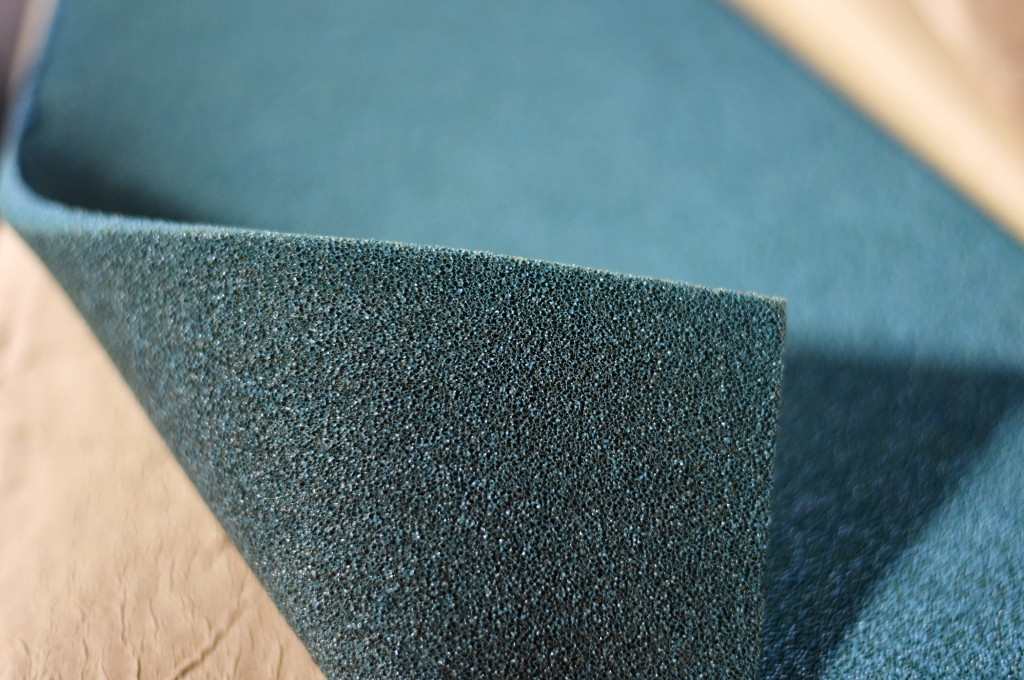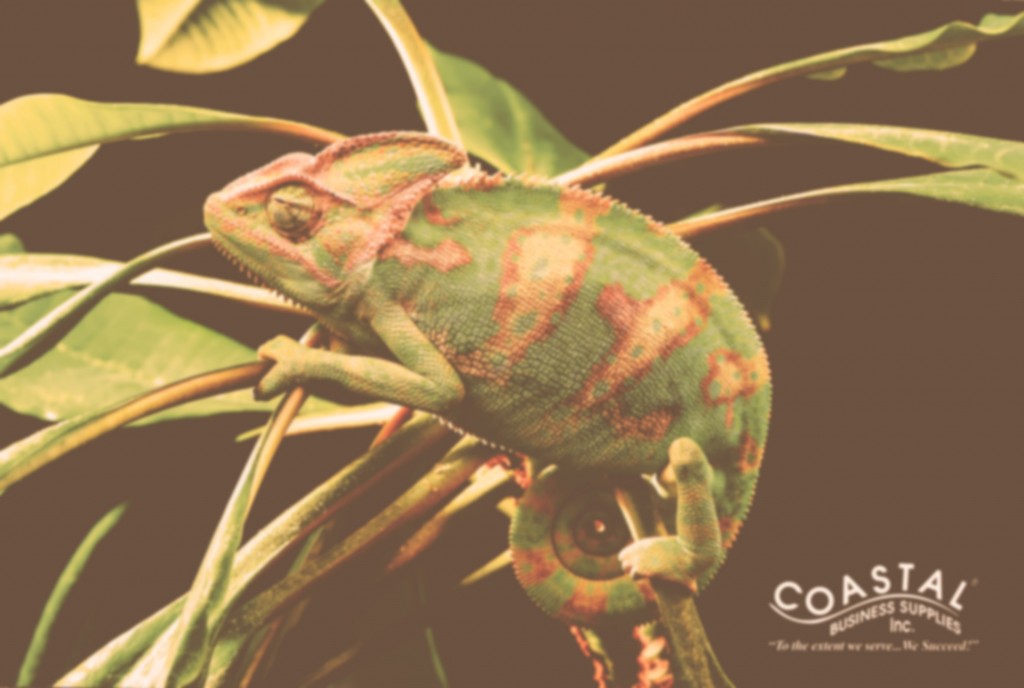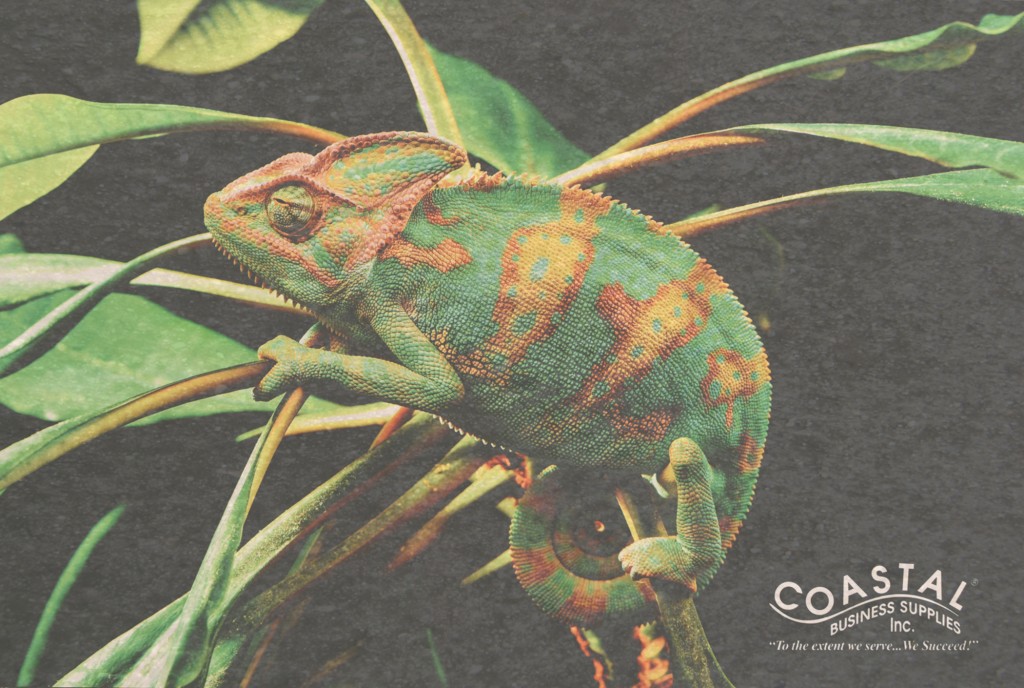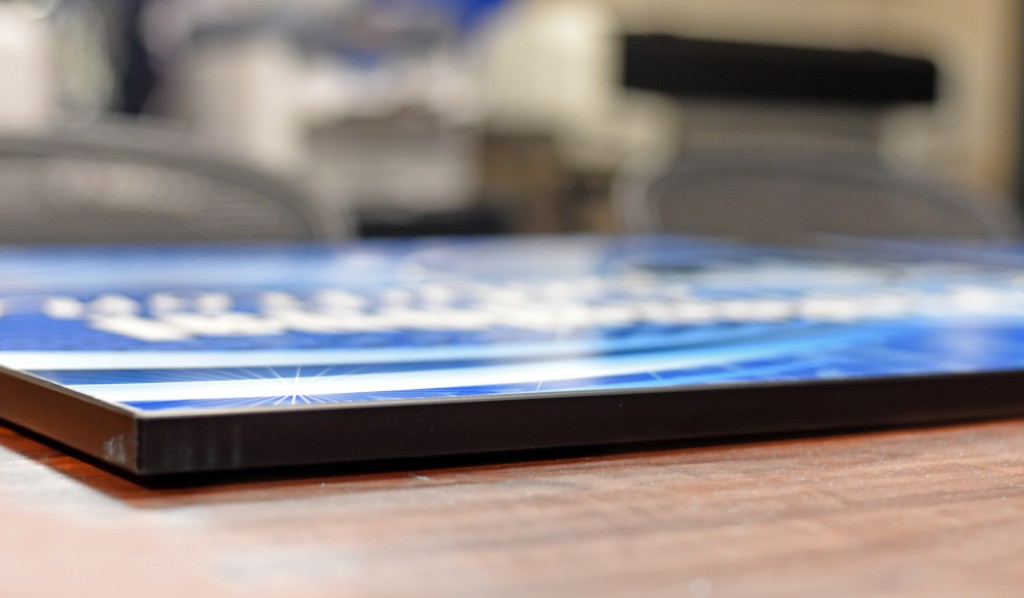To ensure that your large Chromaluxe photo panels come out looking perfect, we have compiled a few key tips and tricks for wide format sublimation production that will make the process for you easier and significantly reduce errors!
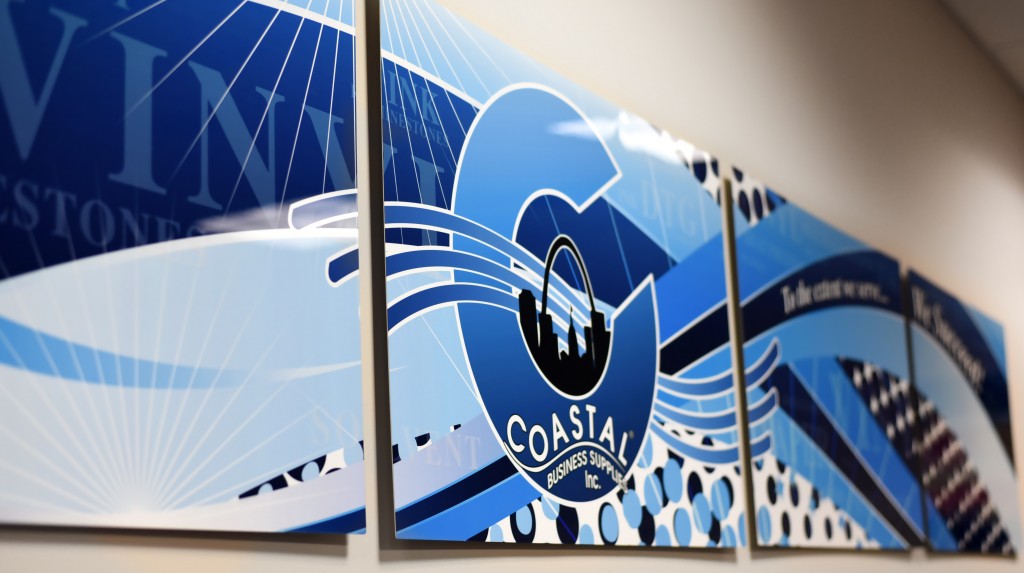
The following tips are suited for sublimation on any wide format press, however for this blog we pressed our sample panels using the new Hix Single Platen Air-Automatic Heat Press which is designed for superior edge to edge pressing and may be upgraded to two heat platens for maximum production efficiency.
Temperature, Time and Pressure
Temperature
Always ensure that the press is evenly heated at 400F. Heat test strips are a great product to use for testing the temperature throughout the heating element. When pressing a cool item, there may be a drop in temperature. If that drop is more than 15 degrees F. and takes more than 15-20 seconds to recover, set the pressing temperature to 410F to compensate for the heat loss.
Time
The pressing time varies depending on the panel size but the general guidelines are:
Aluminum/ Steel Panels
- 24″ x 24″ – 90-120 seconds
- 36″ x 36″- 120-150 seconds
- Over 36″ x 36″- 150-180 seconds, raising temperature accordingly with increased panel size
FRP/Hardboard Panels
- 24″ x 24″- 120-150 seconds
- 36″ x 36″- 150-180 seconds
- Over 36″ x 36″- 180-200 seconds
- For panels smaller than 24″ x 24″, decrease the total time by 15 seconds
Pressure
Pressure should be set at a minimum of 60 p.s.i to ensure an even press and will aid in flattening out large items that are prone to warping.
Important Accessories
There are a few items that are highly recommended if not necessary for great results.
High-temp felt/rubber pad (Ie: Nomex felt)
Place a 1/4″- 1/2″ thick Nomex felt or rubber pad on the bottom platen to keep the heat from escaping through the bottom platen.
 Polyester cloth
Polyester cloth
Large polyester cloth, such as the Endura brand offered by Unisub, that covers the entire heat platen helps to wick away moisture from the paper and substrate while pressing. It is best to stretch the cloth over the heat platen as much as possible to avoid wrinkles.
 Newsprint paper
Newsprint paper
If polyester cloth is not available, you may place 2 sheets of newsprint paper over the substrate. We also use a few sheets underneath the substrate to protect the lower platen from getting stained from sublimation ink. It is a quick and easy way to keep everything clean!
Correct Paper Type
Wide format sublimation papers are not all made equal. There are some paper brands made for amazing transfers onto fabric but don’t always work as good on hard surfaces. The two main differences to look for are clay coated papers which are ideal for photo panels and cellulose coated papers that are better for fabric – fabric papers also tend to be semi-adhesive, for easy tacking to the fabric that reduces ghosting and blurry transfers. Electrostatic sublimation transfers are not compatible with Unisub coatings.
Troubleshooting Problems
Image appears blotchy, striped/wavy, or colors are running into each other (watercolor effect)
Moisture is most likely the problem. Chromaluxe panels hold a lot of moisture, especially large panels. Make sure all moisture sources are eliminated by pre-pressing all panels for at least half of their normal pressing time and using either polyester cloth or newsprint over the substrate. Sometimes there is moisture on the paper from the inks themselves. Drying the paper can be sped up by placing it inside the press ensuring that the top and bottom platen are 4″ to 5″ inches apart and let the paper sit for 2-3 minutes (do not close the press).
Image appears blown out/blurry/yellow
This is due to over-pressing the image. Decrease the total pressing time by 15 seconds. You may have to test a few images and keep decreasing in intervals of 15 seconds until you get a perfect result.
Image appears faded/grainy
This is due to under-pressing the image. Increase the total pressing time by 15 seconds and keep increasing at the 15 second interval until a perfect result is achieved.
Image looks perfect but there is a random spot which didn’t sublimate
If there is an area which appears to have not sublimated, increase the pressure. Double check that your pressure is at least 60 PSI.
Substrate is warping
Warping occurs due to moisture which we have established is a common problem among photo panels and other flat hard surface substrates. To best solve this problem, remove the substrate after pressing and place under pressure for 24 hours to allow it to regain flatness. If stacking two items together, place a protective sheet in between to avoid dye migration or image distortion.
Additional Tips
- Do not use temperature lower than 385F when pressing Chromaluxe panels and other Unisub products
- Do not change more than one variable at a time. For example, when doing testing to achieve the most perfect result, change only the time in intervals for each press but do not change the temperature or pressure at the same time.
- Some items may be pressed “face-down” but we suggest trying “face-up” first to give more room for moisture to escape.

